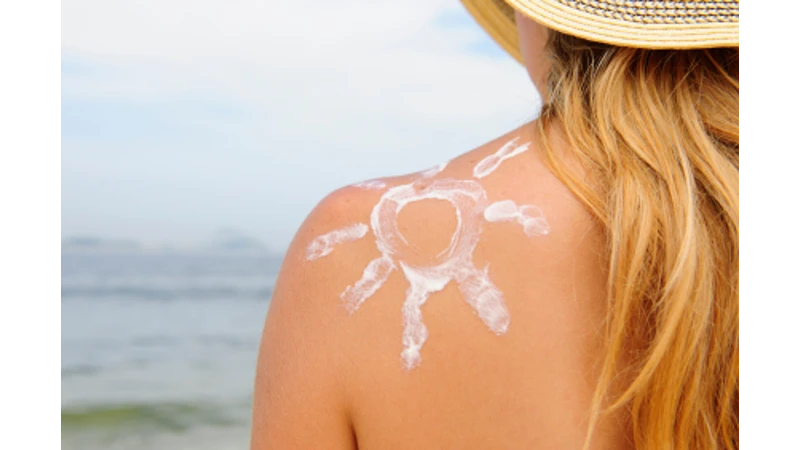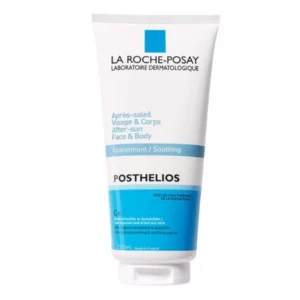Looking for PMLE sunscreens? PMLE, also known as polymorphic light eruption is a common skin condition caused by exposure to the sun’s ultraviolet (UV) light. In this post, learn more about the ailment and find out which sunscreens are best to help manage it.
Is PMLE a Sun Allergy?
PMLE shows up as an itchy, irritated rash on any part of the body that is exposed to sunlight, including the arms, hands, chest, legs and feet. It tends not to affect the face.
It looks and feels like a reaction to poison ivy, appearing as tiny, inflamed bumps or slightly raised patches of skin. The term ‘polymorphic’ means that it appears different in different people.
Anyone can develop PMLE, but individuals under the age of 40 are most affected. The condition occurs most frequently in spring and summer at temperate (mild) climates. It can also occur when one encounters a sudden increase in their exposure to sunlight, like going on a sunny vacation.
It’s not clear exactly what causes PMLE, but it’s thought that the immune system reacts to a change in the skin caused by UV radiation.
Genetics may play a role, but also:
- Low levels of vitamin D
- Hormones like estrogen
- The state of your gut microbiome
are thought to be implicated.
It may be mistaken for heat rash (prickly heat). However, warm weather and overheating lead to heat rash, rather than sunlight or UV light.
The good news? PMLE is not dangerous or contagious and will heal on its own over time.
Can Sunscreen Help PMLE?
To help minimize the possibility of experiencing PMLE, the American Academy of Dermatology (AAD) recommends applying sunscreen and seeking shade.
Using your sun smarts, also helps.
- Avoid the sun when it’s at its strongest—between the hours of 10 am and 4 pm.
- Use a high SPF (50+), broad spectrum (protecting against both UVA and UVB rays) sunscreen. Choose one that’s water resistant if you will be swimming or sweating. And remember to reapply every 2 hours.
- Cover up with hats, sunglasses, dense fabrics and shoes to protect skin from direct sun exposure.
What Sunscreen is Best for Polymorphic Light Eruption?
High SPF (50+), broad spectrum sunscreens like Anthelios and Ombrelle are made with highly effective sun filters like Mexoryl SX, Mexoryl XL and Tinosorb S to ensure protection against the UV rays that not only cause PMLE, but that also lead to sunburn, premature skin aging and an increased risk for skin cancer.
Both brands come in a wide range of formulations to suit all skin types.
Can I Put Lotion on PMLE?
PMLE can feel worse and more irritated when skin is dry, so soothing lotions like La Roche Posay Posthelios, which help to moisturize skin, can help skin to feel more comfortable.
Try to apply a lotion or cream directly after showering or bathing to help lock in moisture. Also avoid using very hot water, which weakens your skin’s protective barrier and leads to further irritation.
Topical steroid creams may help to reduce redness and itching. These should be applied lightly, only when the rash appears, and used under the guidance of your GP. If the rash doesn’t clear up on its own, please check in with your doctor as you may be dealing with something more serious.





